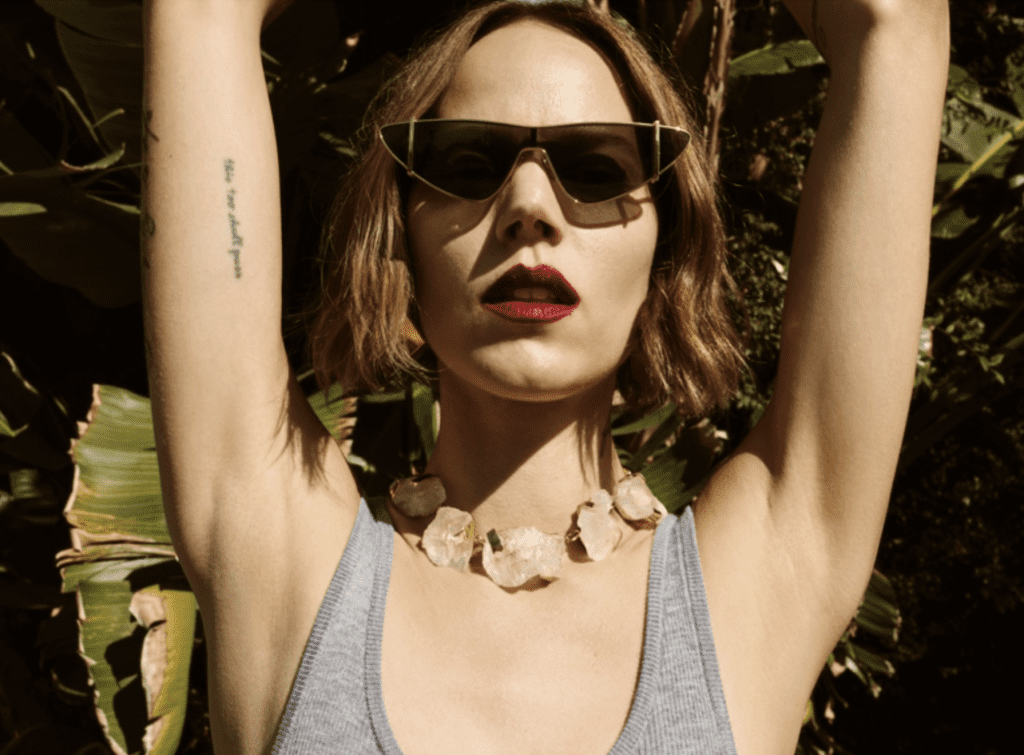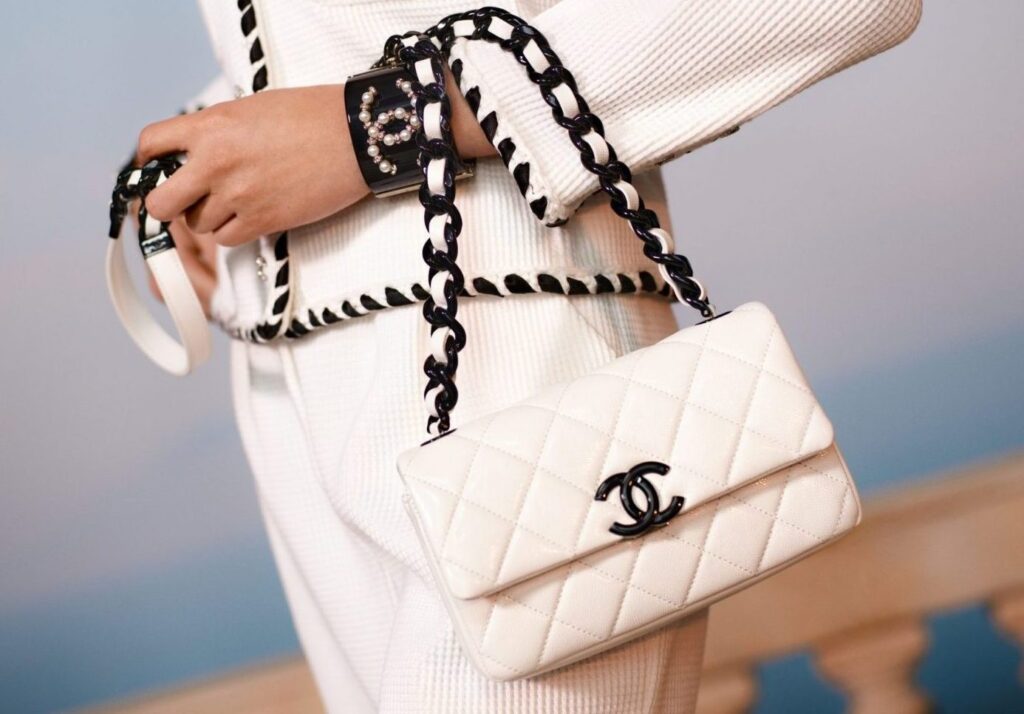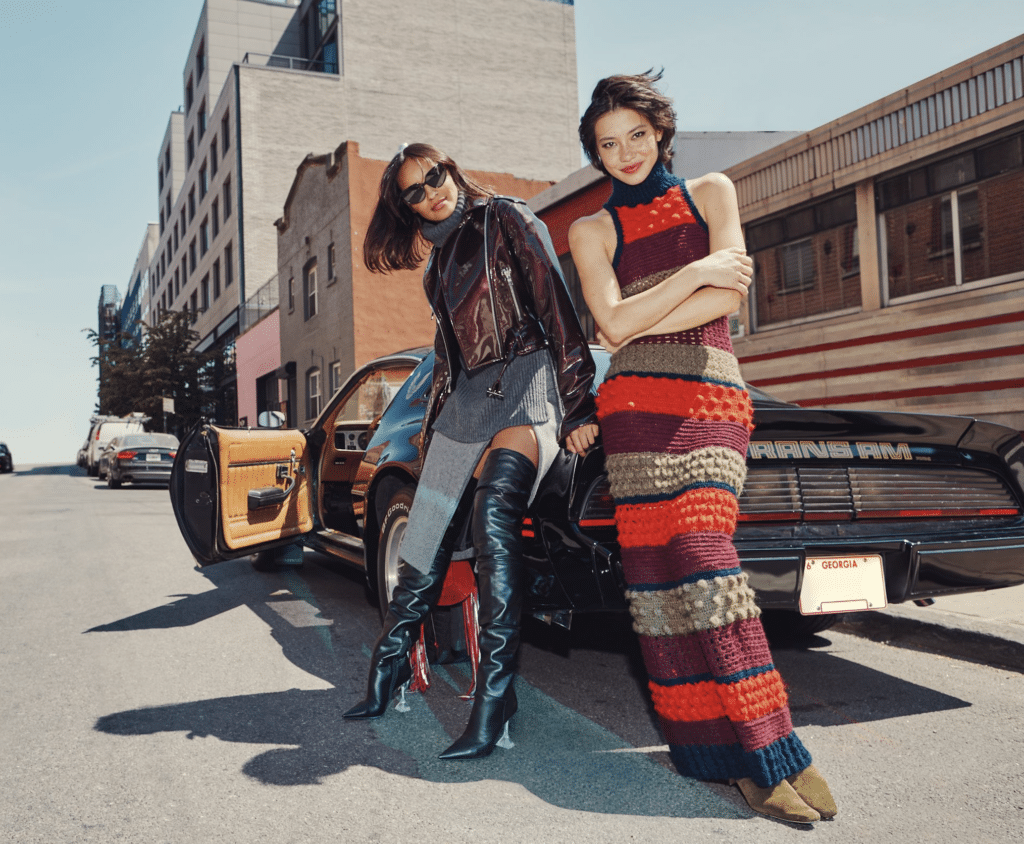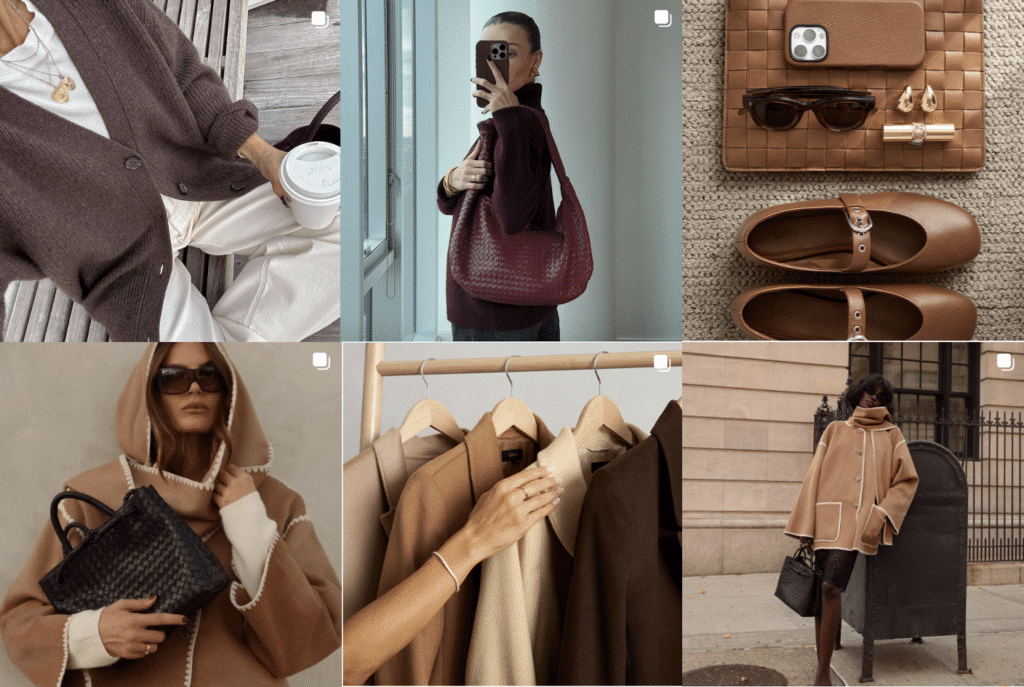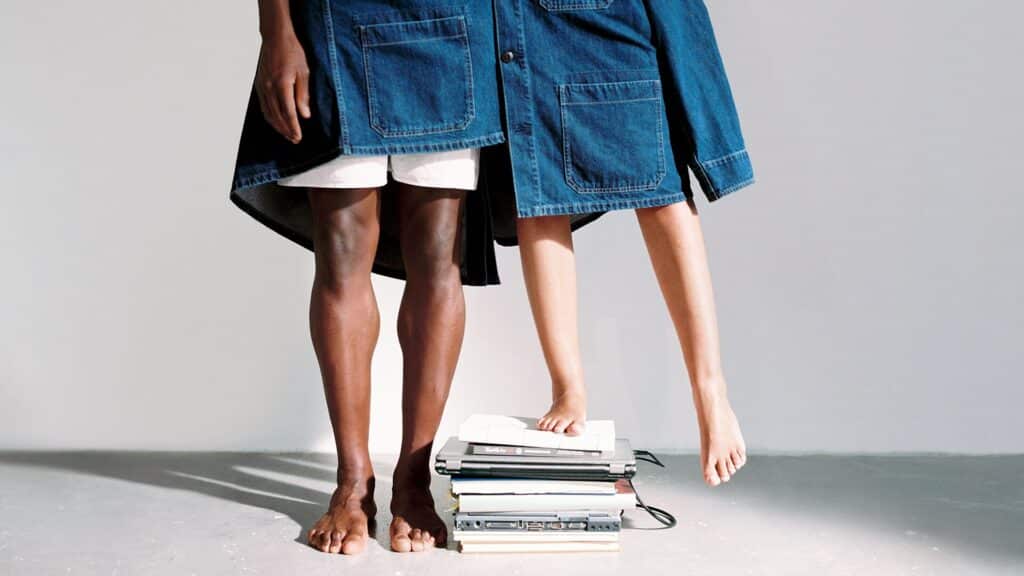Kering reported rising revenue for the first three months of the year, citing “a very solid first quarter in a more uncertain environment, notably impacted by tightening COVID restrictions in China since March.” Boasting revenues of 4.96 billion euros ($5.4 billion) for the quarter ending on March 31 (up 21 percent on a comparable basis from the same quarter last year), the French luxury goods group posted double-digit revenue growth across all of its brands, with “spectacular performances” coming from Saint Laurent, its “Other Houses, particularly Balenciaga,” and Kering Eyewear. Meanwhile, Kering chairman and CEO François-Henri Pinault revealed that Bottega Veneta delivered “sharp higher sales on a more demanding base,” while its biggest brand Gucci’s “strong showing in North America and Europe was overshadowed by its exposure to China.”
Diving into the results of its individual brands, Kering revealed that Q1 revenue for Gucci, which is responsible for almost 50 percent of the group’s sales, amounted to 2.6 billion euros ($2.8 billion), up 13 percent compared to Q1 2021, driven largely by local customers in North America and Western Europe in particular. Kering noted that wholesale revenues for Gucci fell 2 percent on a comparable basis, an indication that its “rationalization of this sales channel is now complete,” following efforts by Kering to restructure the Italian fashion brand’s distribution away from wholesale and towards the heightened control and exclusivity that comes with its own retail channels.
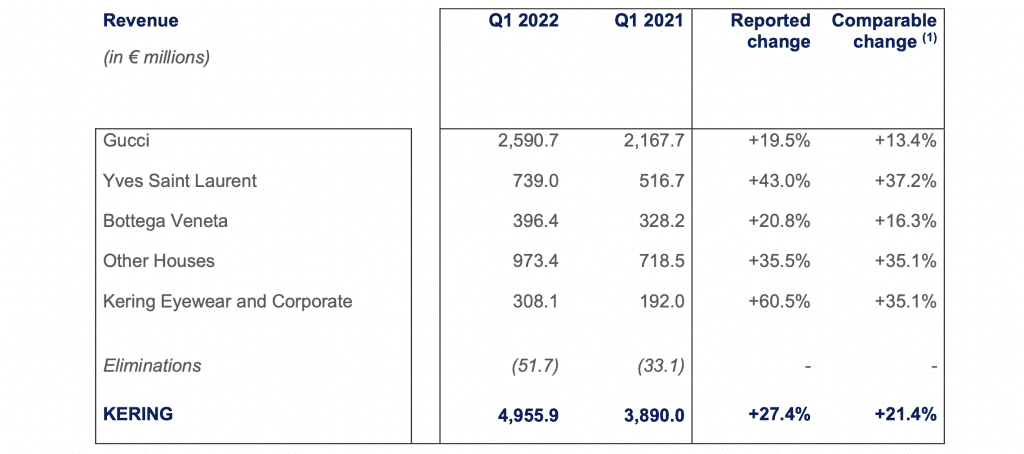
While Gucci was the “weakest link” for Kering during the first quarter, according to Neev Capital managing director Rahul Sharma, Saint Laurent’s “new peaks,” as Kering put it, helped make up for Gucci’s lag. Saint Laurent had an exceptional start to the year, per Kering, with revenue of 739 million euros ($801 million), up 37 percent on a comparable basis. “Sales in directly operated stores rose sharply, up 49 percent on a comparable basis, with double-digit growth in all product categories,” with that “excellent momentum [being] driven by spectacular performances in Western Europe and North America.” As for the brand’s revenue from wholesale, which is being “streamlined,” according to Kering, it rose 10 percent on a comparable basis.
Kering also highlighted the “resounding success of carryovers and Spring 22 collections” for Saint Laurent, as well as its “continued development of online.”
Jefferies analysts Flavio Cereda and Kathryn Parker stated in a note on Thursday that they “continue to think Saint Laurent is more sustainable in the medium term than Balenciaga,” which was Kering’s the other big Q1 performer. Although, they assert that a “significant surge in Leather Goods must be coming to an end [for Saint Laurent]” in light of the fact that wholesale rationalization – a la Gucci – is coming.
Similarly, Bottega Veneta fared well during Q1, with revenues totaling 396 million euros ($429 million) in the first quarter, up 16 percent on a comparable basis. Relative to the Q1 of 2019, Kering revealed that Bottega’s sales were up 59 percent, with activity sustained in directly operated stores and very good performances in Western Europe, North America, and Japan. Of note, per Kering, is Bottega’s “consistently deployed iconization strategy” for its offerings, gradual rationalization of wholesale, and the retail strength coming by way of its “stable store network.”
As for its “Other Houses,” the group – which houses the Balenciaga and Alexander McQueen brands, among others – “posted an extremely strong first quarter,” with revenue of 973 million euros ($1.05 billion), up 35 percent on a comparable basis, and “each house delivering double-digit growth.”
Kering’s positive results follow from those of rivals LVMH and Hermès, which reported Q1 growth last week despite the “still uncertain context,” largely coming by way of the Chinese market. Echoing the sentiments of management at both LVMH and Hermès, Kering Chief Financial Officer Jean-Marc Duplaix said in a call on Thursday that the Chinese market has remained fundamentally “intact,” and thus, consumers are expected to bounce back and resume their robust luxury spending once the latest COVID crisis subsides.







